It is not alien to hear a child cry over a video game, or an adult swoon over his or her PlayStation.
However, courtesy the pandemic, although ill-fated, and the boom of mobile and affordable internet - gaming has become more than just a pass time.
Although it started off as amateur gaming, the rise of current numbers have more to say - 326 million mobile gamers in India, spending 22 hours per week on an average, is certainly no joke.
That being said, it is no surprise that marketers, as well as budding gamers, know better than to be AFK (gaming slang for ‘won’t be available to play for a while’) in this industry.
Even with the increase of gaming companies and eSports platforms, experts state that we’re not at par with our global counterparts yet. This is majorly due to the frivolous notion associated with positioning gaming as a lucrative career option.
What then, will overturn the perception of this industry? Moreover, how can brands play the field to leverage its growing popularity?
Creating a change in perception
Starting with level one, experts believe that the main factor in pushing gaming outside of its trivial perception of not being a lucrative career option, is awareness and education.
Although there are multiple gaming platforms in India, YashDoshi, director, Zebronics, stated that the country’s awareness levels are much lower than its global counterparts.
Speaking of how to solve this issue, he said, “Gaming platforms need to create a buzz about their platforms at the grassroot level. Institutions can partner with the government, to help build the infrastructure that can take the industry to international standards.”
Experts reiterate how tie-ups with educational institutions providing courses, along with placements, could go a long way in driving this change.
According to Rajesh Srinivasan, marketing strategy consultant and founder, Mindful Marketing, it is also critical to address parents, since they play a vital role in the decision making process of their child’s career.
Claiming that there are two possible career options for aspirants in gaming, he said, “One is for backend technical spaces and the other for frontend spaces. To promote the backend jobs as the lucrative career option, companies have to evangelise the entire gaming category as similar to ‘data science or big data.” .
What’s in it for brands?
Vinit Karnik, head - sports, eSports and entertainment, GroupM South Asia, explained why the most popular way to encourage mobile gamers is through rewarded in-game ads. He also namedroped non-endemic brands Like Arctic Fox, Red Bull, HyperX, Mountain Dew, Airtel, among others, who try various ways of being part of the rising gaming culture.
“They launch creative marketing programs, to not only create brand affinity, but also alternate revenue streams, in collaboration with game developers. We also see challenger brands joining the eSports and gaming party,” he added.
However, Srinivasan is of the view that contextual relevance is a critical factor, when it comes to integrating a brand inside the gaming platform. “The brand integration has to align with the theme of the game, so that the users engage naturally and don’t feel pushed. Getting users to stay inside the gaming platform is where the actual challenge lies. If gaming platforms and brands try to disrupt the user’s experience using ads and other conventional push methods, they may even churn away,” he added.
When asked what brands want the most - integration, engagement or eyeballs, Doshi claimed that they want them all. “You’ll mostly see us at gaming exhibitions or associating with eSports groups to showcase our wide range of products. Brands want gamers to experience their extensive range, like our wide range of mechanical gaming keyboards, which give the gamer a tactile experience, making gaming a much more memorable experience.”
Tech, too, is playing the field big time. Tyroo, an ad-tech platform, recently launched its gaming vertical, Comet, to approach the problem of democratising access for brands within every aspect of the gaming ecosystem, including eSports. The platform is building a tech infrastructure for tournament organisers and eSports teams to help with better live and social content monetisation. “This will allow them to attract more dollars that goes back into eSports players’ infra, competing tournaments and visibility similar to how capital flow enables other leading sports,” stated its CEO, Siddharth Puri.
Impact of the Metaverse
The latest buzzword for the game’s advanced level is now the Metaverse. Although agencies and brands have been recently stepping on to its bandwagon, experts claim that the Metaverse has always been there.
“Online games date back to more than a decade, it’s just upgrading every year with new tools and technology, to make it more immersive for gamers. Hence, it is to be considered as a new galaxy of content. Brands can use this to market themselves for better customer engagement,” Doshi stated.
Srinivasan added that as the Metaverse becomes mainstream, brands like Nike would have the opportunity to connect deeply with a new generation of athletes and sports enthusiasts.
He said, “Nike, as a storytelling company, aligns its brand strategy with the Metaverse world. They haven’t adopted the technology for the sake of it. They know that their audience is a hardcore fan of athletics and tend to play games as a means to satiate their desires.”
Hinting at brands who adopt any new technology, he asked what he believed was a critical question for marketers. “Is there an alignment between the brand strategy, user experience and theme of the platform?”
However, Puri suggested that while the world waits for a true acceptable definition of the Metaverse to emerge, it’s important for brands to realise that gaming will lead the charge of content, social and mechanics on the internet's evolution in that direction.”
Future of gaming
According to EY’s ‘Ready. Set. Game On!’ report, 85% of online gamers in India are expected to be mobile gamers in 2022. Not just that, tier 3 cities too have now joined the gaming parade.
Karnik shared that small towns reported more than 100 percent and up to 200 percent growth. “It is estimated that India currently has 150,000 players and around 60,000 teams. The number of eSports players is expected to grow at 78% CAGR by 2025, to reach 1.5 million players and 250,000 teams.”
Pointing out that in terms of overall numbers, India is at 420 million casual online gamers, Doshi added that it is only second to China, and is expected to grow even more in the coming years.
Speaking about what would accelerate this growth, he said, “Gaming tournaments and exhibitions may help gamers touch base with the best products that the market has to offer. These events are also bringing competitive gaming culture to India.”
Highlighting the improvements that could be implemented in the industry, Srinivasan is of the view that localising content could add more dope to the gamer’s psyche. “Even Hollywood movies like Batman and Spiderman have been converted into games. Shah Rukh Khan’s movie Don and Ranjnikanth’sKochadaiyaan have been converted as games, but not marketed properly.”
Speaking about Indian cinema, it is noteworthy that not just brands, but also the big screen, is starting to recognise the potential of gaming. Kwality Wall’s recently collaborated with Inox to launch TrixyCineGame, which allows moviegoers in Mumbai and Delhi to play a multiplayer game through their mobile phones, on the cinema screen.
Stating the impact of these sort of integrations, Srinivasan explained, “Users love to engage with familiar brands inside gaming platforms. It gives them a sense of pride and also helps brands with mind-share.”
With all said - education that brings in a change of perception and the right infrastructure, is sure to have gamers and brands play the field in the right direction. India’s gaming industry is certainly heading towards newer levels of success.
(This article first appeared on isanet.org.in, the website for the Indian Society of Advertisers.)
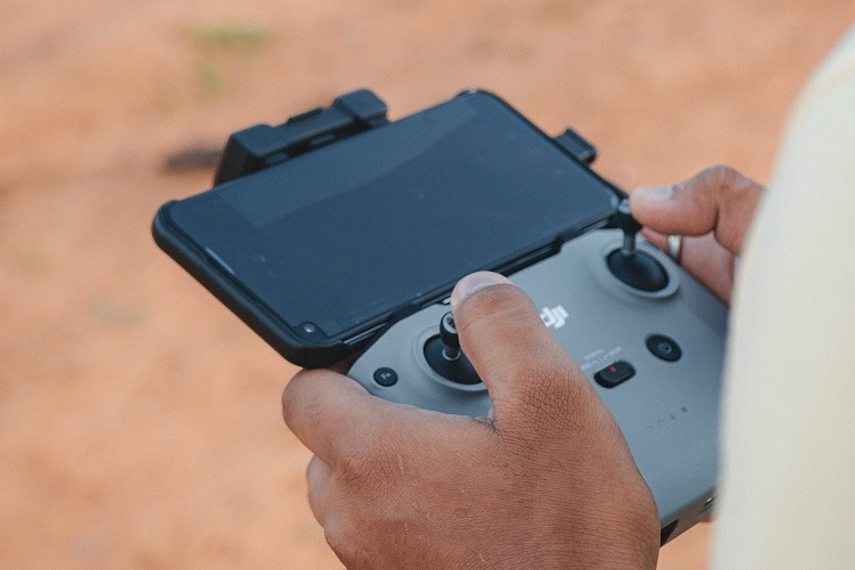



.jpg&h=334&w=500&q=100&v=20250320&c=1)
.jpg&h=334&w=500&q=100&v=20250320&c=1)

.jpg&h=334&w=500&q=100&v=20250320&c=1)


.jpg&h=334&w=500&q=100&v=20250320&c=1)


.jpg&h=334&w=500&q=100&v=20250320&c=1)
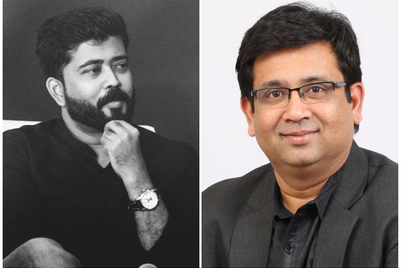
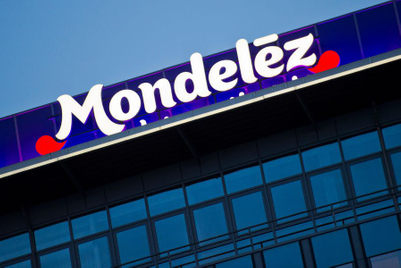


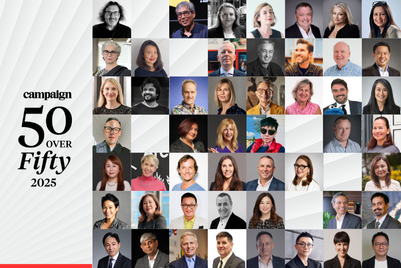
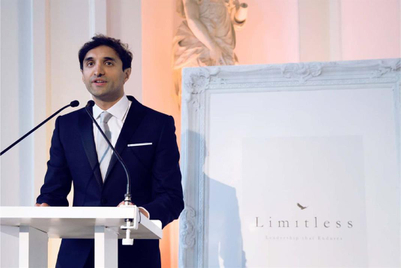
.jpg&h=268&w=401&q=100&v=20250320&c=1)
.jpg&h=268&w=401&q=100&v=20250320&c=1)
